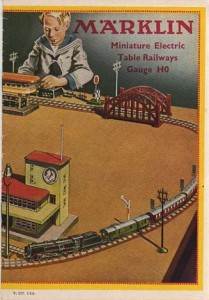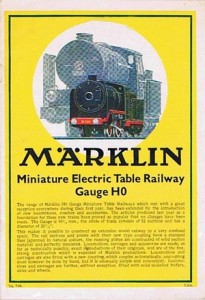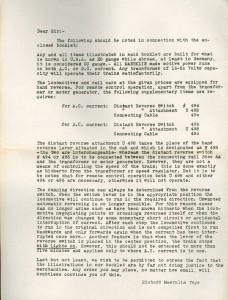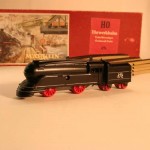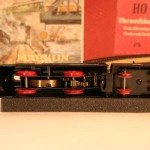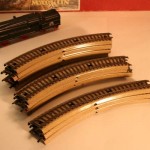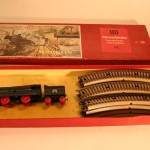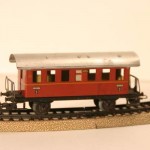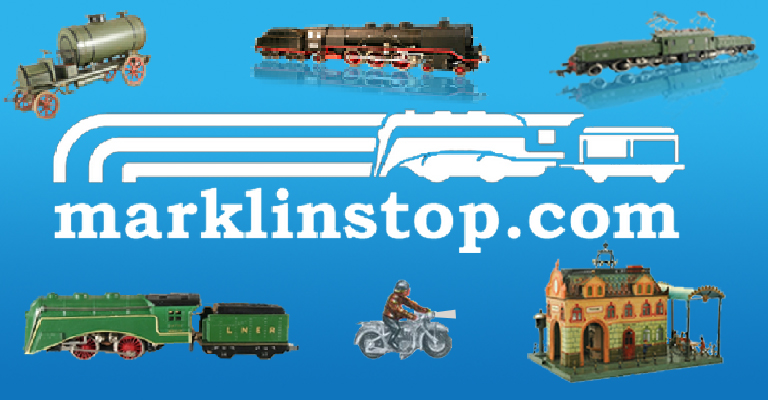Marklin SLR 700 1937
Marklin SLR 700 from 1937 Version 1. Very good condition. Quite rare locomotive with good metal and NO zincpest. Paint is still very good and tender is original, “SLR 700”. Rare early locomotive tested and runs perfectly…the best I have seen!
[nggallery id=13]

